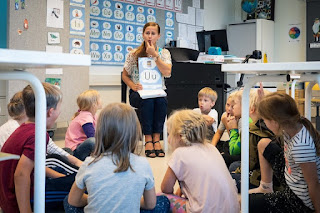Chat gpt" computer work like human

ChatGPT is a large language model developed by OpenAI, designed to generate human-like text by using machine learning algorithms. It was trained on a massive amount of text data from the internet, including books, articles, and other written content. The name "GPT" stands for "Generative Pre-trained Transformer," which refers to the architecture of the model. The "Transformer" part of the name refers to the neural network architecture that underlies the model. This architecture was first introduced in a 2017 paper by Google researchers and has since become a popular choice for natural language processing tasks. ChatGPT is known for its ability to generate high-quality text in response to prompts or questions. It can be used for a variety of tasks, including language translation, text summarization, and question answering. ChatGPT can generate text in a variety of styles and tones, depending on the training data it was exposed to. One of the key features ...

.jpeg)





